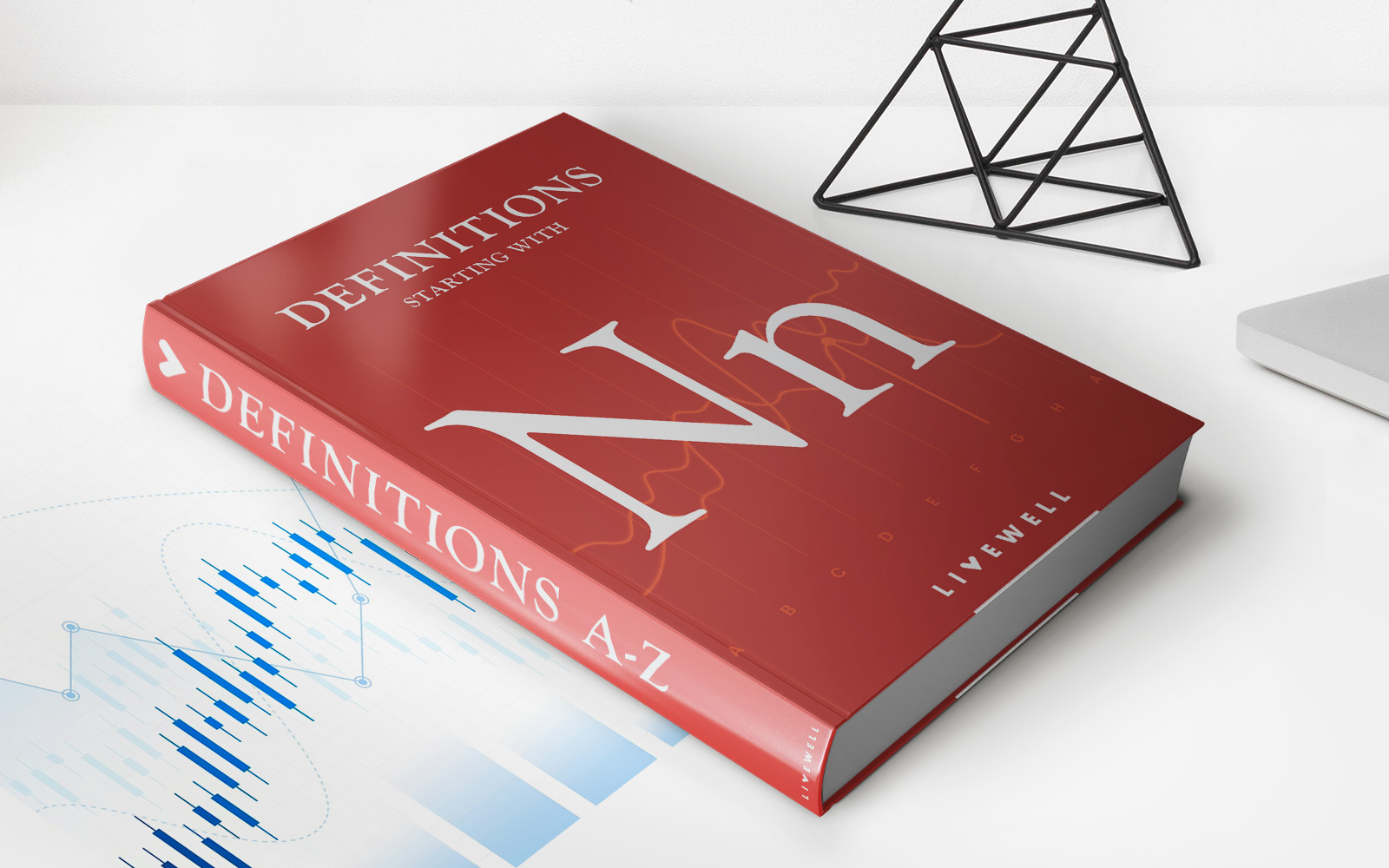Home>Finance>Off-Chain Transactions: Definition, Advantages, Vs. On-Chain


Finance
Off-Chain Transactions: Definition, Advantages, Vs. On-Chain
Published: January 2, 2024
Discover the benefits and differences between off-chain and on-chain transactions in finance. Understand the definition, advantages, and key distinctions.
(Many of the links in this article redirect to a specific reviewed product. Your purchase of these products through affiliate links helps to generate commission for LiveWell, at no extra cost. Learn more)
Unlocking the Potential of Off-Chain Transactions in Finance
Finance is no longer confined to traditional banking systems. The rise of blockchain technology has revolutionized the way we transact and manage our finances. From decentralized currencies to smart contracts, the possibilities seem endless. One such innovation in the blockchain space is off-chain transactions. In this article, we will delve into the world of off-chain transactions, exploring their definition, advantages, and how they differ from their on-chain counterparts.
Key Takeaways:
- Off-chain transactions offer increased scalability and reduced transaction fees.
- Unlike on-chain transactions, off-chain transactions occur outside the main blockchain, allowing for faster processing times.
What are Off-Chain Transactions?
In simple terms, off-chain transactions are transactions that occur outside the main blockchain. They take place using layer-two solutions built on top of the blockchain network. These layer-two solutions enable faster and more efficient transactions, by moving most of the transaction process away from the main blockchain.
Off-chain transactions work by creating a direct channel between two participants. These participants can then conduct multiple transactions within this channel, without every transaction being recorded on the blockchain. Once the participants are ready to settle, only the final outcome of all the transactions is recorded on the main blockchain.
There are various types of off-chain transactions, such as payment channels and state channels. Payment channels allow for instant and low-cost transactions between two participants, while state channels support more complex interactions, such as multi-party contracts or decentralized applications (dApps).
Advantages of Off-Chain Transactions
Off-chain transactions offer several advantages over their on-chain counterparts. Here are a few key benefits:
- Scalability: Off-chain transactions allow for higher transaction throughput, making them a practical solution for applications that require fast and numerous transactions. By processing transactions off-chain, the main blockchain is relieved of a significant portion of the workload, enabling increased scalability.
- Reduced Transaction Fees: With off-chain transactions, participants can avoid high transaction fees typically associated with on-chain transactions. By minimizing the number of transactions recorded on the main blockchain, off-chain transactions enable more cost-effective transfers of value.
- Speed: Off-chain transactions are lightning-fast compared to on-chain transactions. By bypassing the need for every transaction to be recorded on the blockchain, off-chain solutions can achieve near-instantaneous transaction processing.
- Privacy: By conducting transactions off-chain, participants can enjoy enhanced privacy. Off-chain transactions offer a level of anonymity and confidentiality that is not always possible with on-chain transactions, making them an attractive option for sensitive financial activities.
Off-Chain Transactions vs. On-Chain Transactions
While off-chain transactions offer numerous benefits, it is essential to understand how they differ from on-chain transactions. Here is a comparison:
- Transaction Processing: Off-chain transactions occur outside the main blockchain and are settled on-chain only when necessary. On the other hand, on-chain transactions are recorded directly on the blockchain.
- Transaction Cost: Off-chain transactions typically have lower transaction fees compared to on-chain transactions due to reduced computational requirements.
- Transaction Speed: Off-chain transactions are significantly faster than on-chain transactions, thanks to the absence of network congestion and the need for consensus among all participants.
- Scalability: Off-chain transactions enable higher scalability due to their ability to process transactions off the main blockchain.
It’s important to note that off-chain transactions are not a replacement for on-chain transactions but rather a complementary solution that addresses specific needs for efficiency and scale.
Conclusion
The rise of blockchain technology has paved the way for exciting advancements in the realm of finance. Off-chain transactions offer a practical solution for increasing scalability, reducing transaction fees, and achieving faster transaction speeds. By conducting transactions off the main blockchain, participants can unlock a world of possibilities in terms of efficiency and privacy. As blockchain technology continues to evolve, off-chain transactions are poised to become an integral component of the financial landscape.














